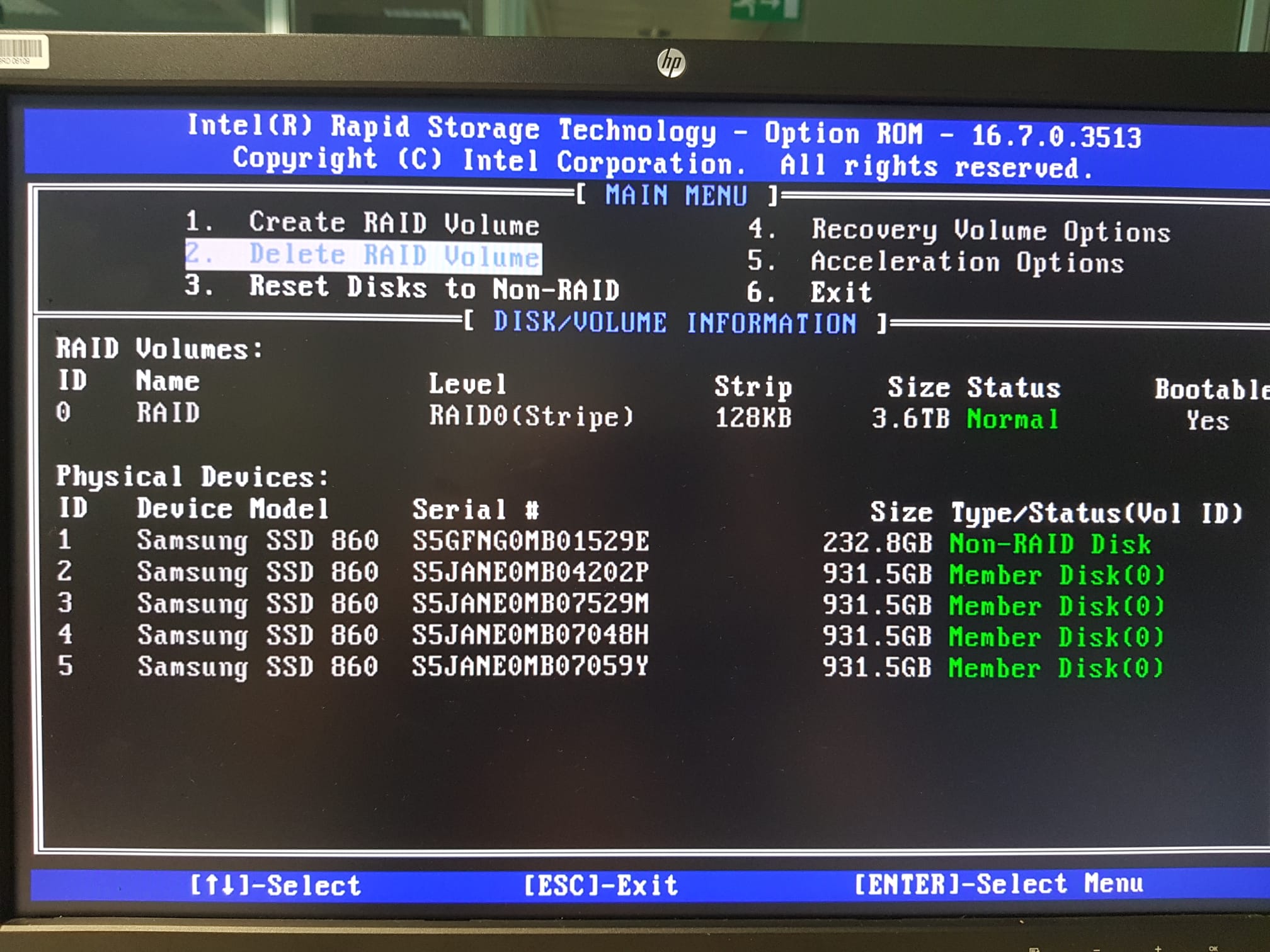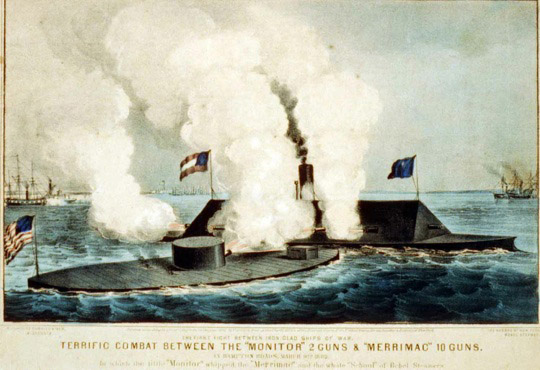

Okay so welcome to the little mini tutorial that we're going to set up here.
VA RAID MONITOR HOW TO
So now I thought I'd bring you over to my desk where I'd run through a few tutorials on how to set up the most common RAID arrays you'd see out in the wild, and I'll do this using both MD RAID and ZFS. While this will certainly work, you can see where having more layers is going to increase latency and reduce throughput in most cases.
VA RAID MONITOR WINDOWS
So in the case of Windows for example, it would see it as a disk drive that you would then mount and put something like NTFS on top of it. Now, while you can certainly share out ZFS pools as I-scuzzy block devices, the main reason for I-scuzzy is for the operating system to view the storage as a native storage drive, which will then be mounted and have another filesystem put on top of it. Since CFS is inherently its own file system, you could think of that as an extra layer that sits on top of the block devices. So those among you who understand the underlying architecture of how everything works, will understand already why this is, but for everyone else, I will try to explain. You can then share those out via I-skuzzy. And the way you would do this is you would still create your MD RAID, and then on top you would use LVM or Logical Volume Manager to then chop up your MD RAID into logical volumes. So there is one typical situation where we would recommend MD RAID over ZFS, and that's in a situation where you're looking to share out block devices through I-scuzzy. So you can add additional drives to an MD RAID after it's been built to add as a hot spare or if you want to actually expand your MD raid you can do that as well through the robust MD RAID command line tool "mdadm".įor us here at 45 Drives, we’ll use ZFS for most instances over MD RAID because all in all, it's much more robust and works flawlessly in most instances. So it is possible, however to use LVM or Logical Volume Manager to get the same desired effect, but you would have to use this on top of your MD RAID. So MD-REG also can't be carved up into multiple logical volumes of different sizes once you build your array in the same way that CFS can create multiples Zvolves or Z Volumes.
VA RAID MONITOR SOFTWARE
So this is a utility that allows you to manage and create software RAID at the Linux level and the main difference between this and a ZFS is it doesn't have a file system on top of it, so it's strictly a block level device which you will then have to put your own file system on top to then use in the same way as a ZFS pool. So next we're going to talk about MD RAID or Linux RAID. So Brett has done some great content talking about these features in a previous tech tip, so if you're interested, definitely check that out on the video called “ZFS Read and Write Caching”. So ZFS comes with some other features that traditional RAID doesn't have, which is the L2 Ark and the ZIL, or the ZFS intent log, and what this does is it allows RAM and SSDs to work as a cache for high speed.

One highlight that ZFS has over traditional RAID is that it's not susceptible to the RAID write hole, and it gets around this by having variable width striping on the zpool. For example, a RAIDZ1 can be compared to a RAID5, giving you the ability to lose a single drive in a pool, and RAIDZ2 can be compared to RAID6, allowing the loss of two disks per pool. So ZFS includes all typical RAID levels that you normally will come to expect, they just go by different names. And so you can think of ZFS as volume manager and a RAID array in one, which allows extra disks to be added to your ZFS volume which allows extra space to be added to your file system all at once. So first let's talk about ZFS, so ZFS is fundamentally different than other types of RAID’s in that it actually contains a file system as well.

So now these things can come with other benefits besides redundancy, such as faster speeds and also better throughput. So the main way that RAID achieves this is with disk striping, disk mirroring, and disk striping with parity. So RAID stands for "Redundant Array of Independent Disks", and it was developed for the purpose to combine multiple smaller disks into a single array in order to achieve redundancy. So before we dive in I thought first I would just give a little explanation on what RAID is and why it's useful.


 0 kommentar(er)
0 kommentar(er)
